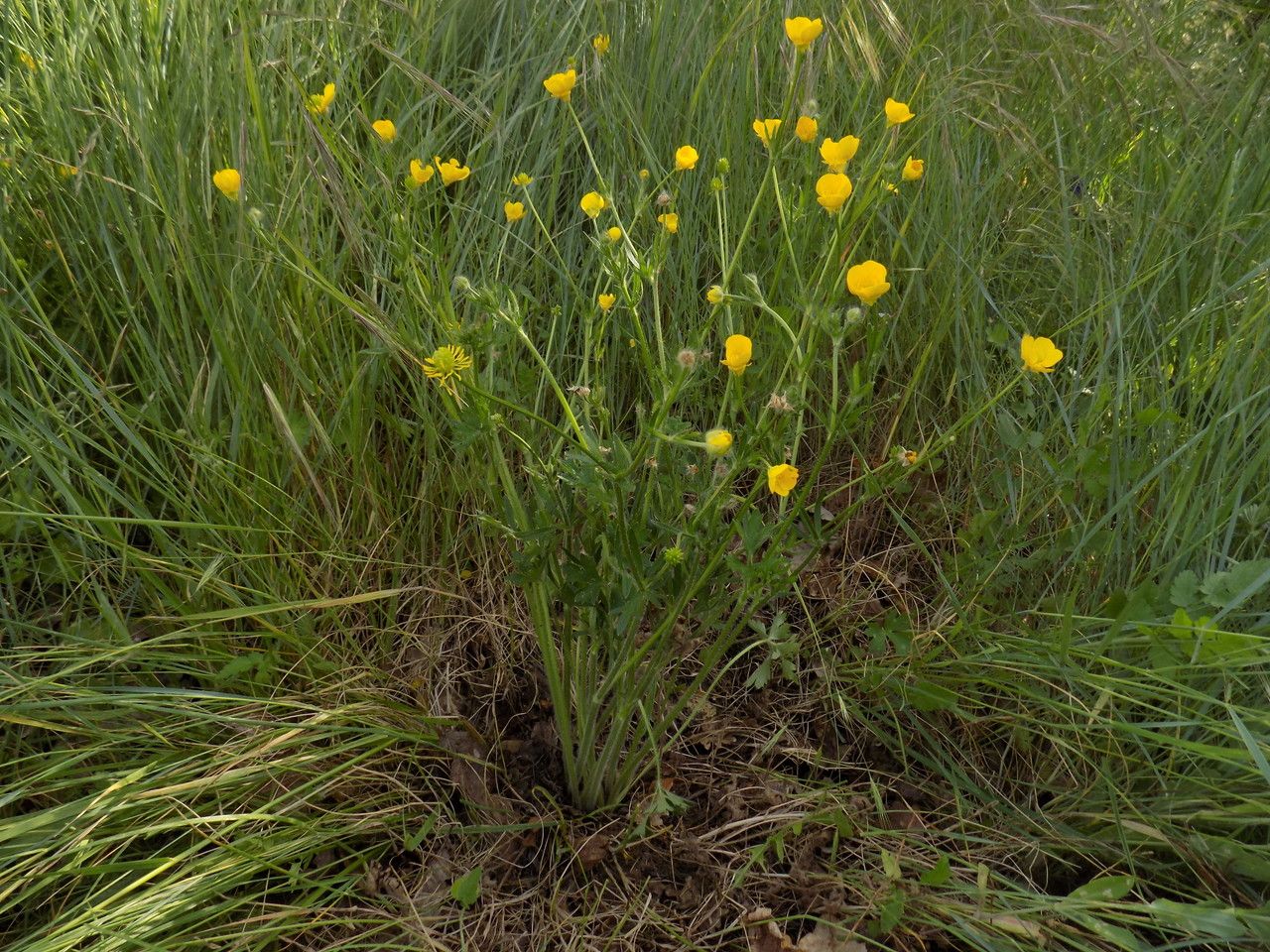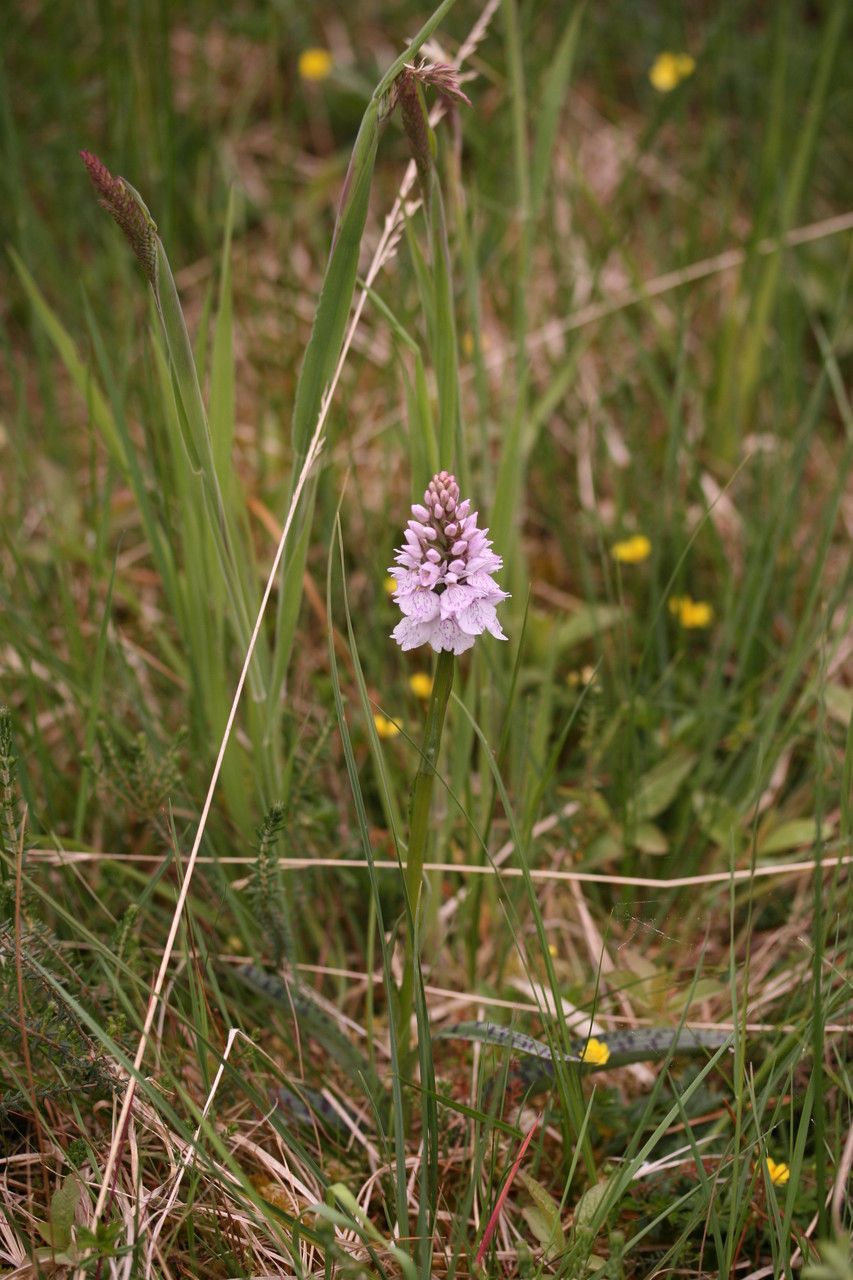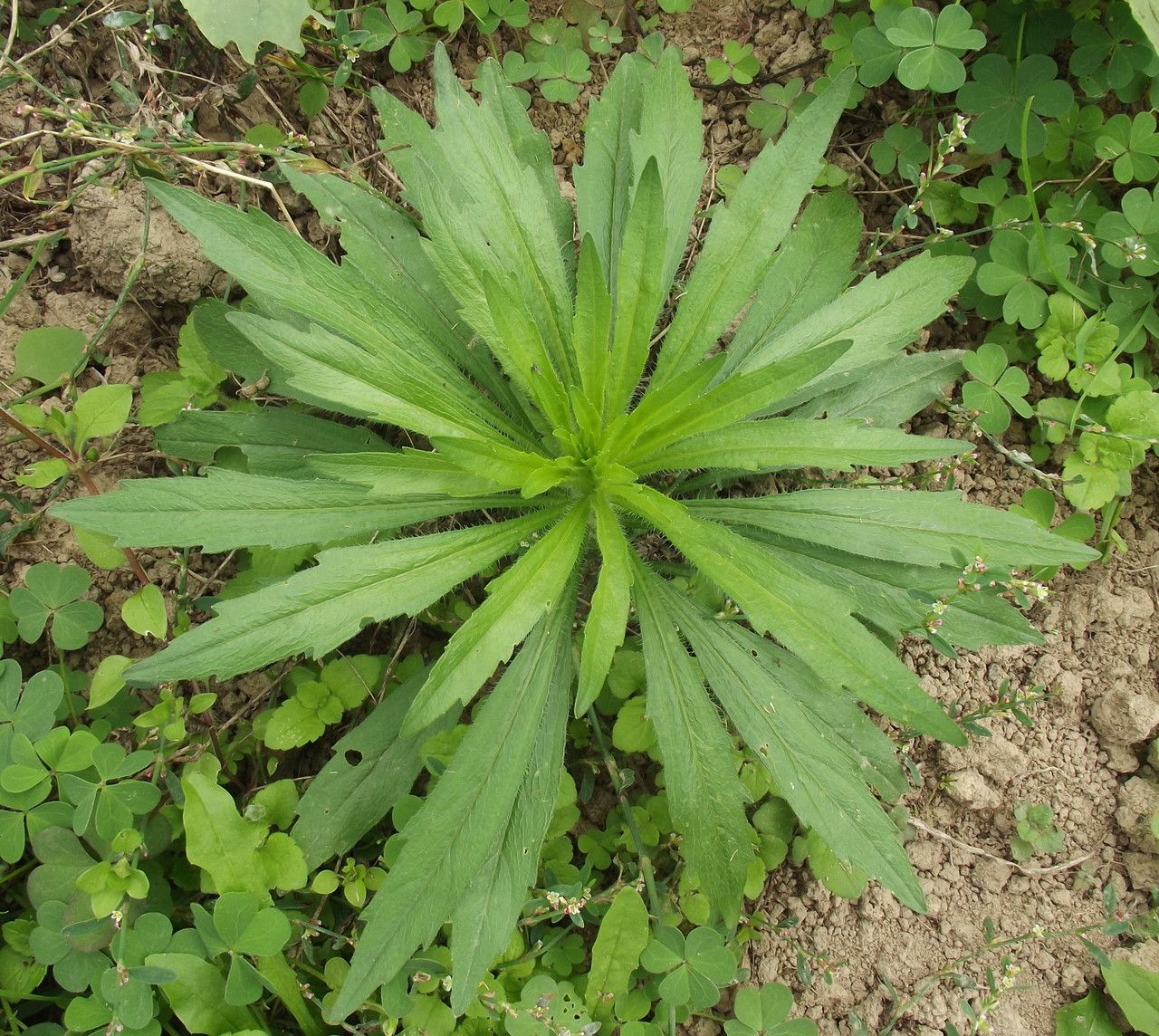## Bulbous Buttercup: A Springtime Delight
The Bulbous Buttercup (*Ranunculus bulbosus*), a member of the Ranunculaceae family, is a charming wildflower that brightens spring landscapes with its cheerful, cup-shaped blooms. Its vibrant yellow flowers and distinctive bulbous base make it a captivating addition to both wildflower meadows and cultivated gardens. This comprehensive guide will explore everything you need to know about cultivating and caring for this beautiful plant.
### Habitat and Growth
Bulbous Buttercups thrive in a variety of habitats, often found in grasslands, meadows, pastures, and even disturbed areas. They are native to Europe and parts of Asia and have naturalized in many other regions globally. They prefer full sun to partial shade, adapting well to different light conditions.
### Soil Needs
Bulbous Buttercups are relatively adaptable in terms of soil type but perform best in well-drained soils. They tolerate a range of soil pH levels but prefer slightly alkaline to neutral conditions. Poorly drained soils can lead to root rot, so ensure good drainage is provided, especially in areas with high rainfall.
### Sun Exposure
While adaptable, Bulbous Buttercups reach their full potential in locations receiving at least six hours of sunlight per day. Partial shade is acceptable, particularly in hotter climates, but prolonged shade may result in weaker stems and fewer flowers.
### Planting and Propagation
Bulbous Buttercups are easily propagated through seed or by dividing established clumps. Seeds should be sown in the autumn or early spring in well-prepared soil. Division is best carried out in the autumn or early spring after the flowering period. Simply dig up the clump, divide it into smaller sections, and replant each section. Remember to plant the bulbs at a depth of approximately 2-3 inches.
### Care and Maintenance
Once established, Bulbous Buttercups require minimal care. Regular watering during dry periods is essential, especially during the growing season. Deadheading (removing spent flowers) encourages further blooming and prevents self-seeding if uncontrolled spreading is undesirable. Fertilizing is generally unnecessary, but a light application of a balanced fertilizer in early spring can promote healthy growth. Regular weeding around the plants will help them compete effectively with other vegetation.
### Identifying Bulbous Buttercups
Distinguishing Bulbous Buttercups from other buttercup species is important. Look for the characteristic bulbous base at the root, bright yellow, cup-shaped flowers with 5 petals, and deeply divided, almost fern-like leaves. The stems are usually erect and hairless, often with a slight reddish tinge.
### Potential Challenges
While relatively hardy, Bulbous Buttercups can be susceptible to fungal diseases in poorly drained soils. Good drainage and air circulation are crucial to prevent such problems. They can also be susceptible to slug and snail damage, requiring appropriate pest control measures.
### Bulbous Buttercups in Your Garden
The cheerful blooms of the Bulbous Buttercup can add a touch of vibrant yellow to any spring garden. Their relatively low-maintenance nature makes them an excellent choice for both novice and experienced gardeners. With proper care, these captivating wildflowers will reward you with a stunning display of color year after year.
Bulbous Buttercup: Planting, Care & Identification

Frequently Asked Questions
How to care for bulbous buttercups?
Provide well-drained soil, at least 6 hours of sunlight, and regular watering during dry spells. Deadhead spent flowers to encourage more blooms. Fertilizing is generally unnecessary.
Where do bulbous buttercups grow best?
Bulbous buttercups thrive in full sun to partial shade in well-drained soil. They prefer slightly alkaline to neutral conditions and are adaptable to various habitats, including grasslands, meadows, and pastures.


